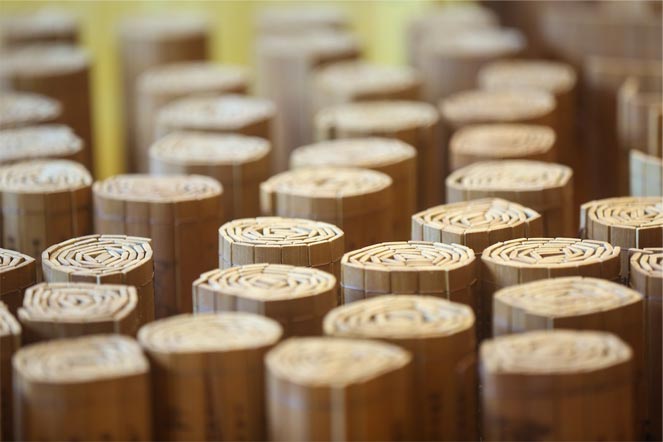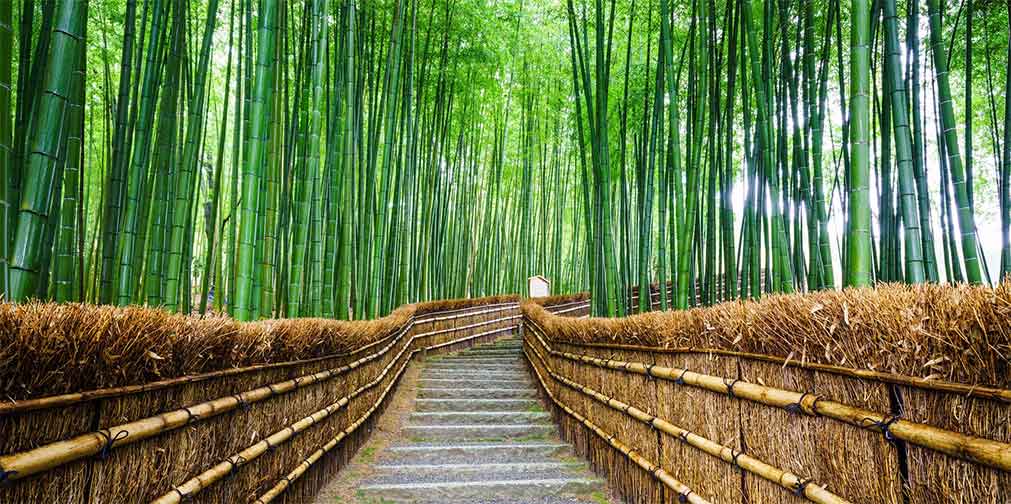Bamboo & Culture

When it comes to culture, people will naturally think of words, art, science, etc., but the production and development of culture cannot be separated from the specific natural ecological environment, and inevitably will be affected by many factors such as geographical climate, animal and plant resources, among which, bamboo is better influential plant resources on Chinese culture. Joseph Needham, a British scholar, said that East Asian civilization is "bamboo civilization".
China is the hometown of bamboo. There are about 100 genera and more than 1000 species of bamboo in the world, while there are about 500 species of 37 genera in China. It is not only rich in bamboo resources, but also has a long history of bamboo cultivation. Since ancient times, bamboo has been everywhere in the daily clothing, food, housing and transportation of the Chinese nation. Su Dongpo, a great writer of the Song Dynasty, once said with a sigh, "You can't live without this king for a day without eating bamboo shoots, sheltering bamboo tiles, carrying bamboo rafts, cooking bamboo salaries, clothing bamboo skins, books bamboo paper, and shoes."


Bamboo and Chinese characters are the earliest. The earliest historical documents in China, such as the Annals of the Bamboo Book, the Book of History, the Book of Rites, and the Analects of Confucius, are all written on bamboo slips. Due to the use of bamboo slips, the history of Chinese written records can be traced back to the Yin and Shang Dynasties, and has made great contributions to the development of Chinese culture and the transmission and preservation of historical documents. The square Chinese characters characterized by pictographs and ideographs were also fixed by bamboo slips, gradually forming a unique Chinese calligraphy art.








 English
English Français
Français Deutsch
Deutsch Español
Español 中文简体
中文简体














